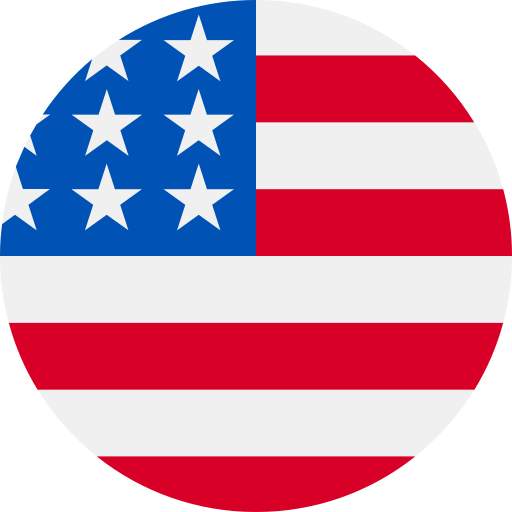In the world of innovative textiles, hydrophobic non-woven fabric stands apart as a game-changer. This fabric from a hydrophobic non woven fabric manufacturer is designed to repel water while maintaining breathability and durability.
This material is used in several industries, including medical and hygiene. Now, the question is, what makes it hydrophobic? And how does it work?
What is Hydrophobic Non-Woven Fabric?
As mentioned above, hydrophobic non-woven fabric is a type of material that is made to repel water. It is made from synthetic fibers like polypropylene, polyester, or nylon. These fibers are spun into a web-like structure, which is then joined together using heat, chemicals, or pressure. As a result, the finished fabric has a porous structure, which allows air and water vapor to pass through while blocking water and other liquids.
Properties of Hydrophobic Non-Woven Fabric
The hydrophobic non-woven fabric offers several crucial properties, making it ideal for a variety of applications. These properties include:
Water Repellency
These fabrics are designed in such a way that they repel water and other liquids. Because of this property, hydrophobic fabrics can be used in multiple products that need to be protected from
moisture, like medical supplies, outdoor clothing, and more.
Breathability
As the structure of this material is porous, this fabric allows air and water vapor to pass through while blocking water and other liquids. Because of this, hydrophobic non-woven fabric can be used to create products that need to be breathable, such as medical masks, filters, and insulation.
Softness
Apart from breathability, this material is soft and flexible, making it ideal for use in products that come into skin contact, like medical gowns, diapers, and wipes.
Strength
Lastly, these hydrophobic non-woven fabrics are strong and durable, so they can be used to make products like industrial wipes, automotive filters, and construction materials.
Manufacturing Process of Hydrophobic Non-Woven Fabric
The manufacturing process of hydrophobic non-woven fabric consists of multiple stages, including fiber production, web formation, bonding, and finishing.
Initially, the process starts with fiber production, where synthetic fibers like polypropylene, polyester, or nylon are made using methods like extrusion, melt-blown, or spun bonding. These fibers serve as the foundation for the fabric’s hydrophobic properties.
After the fibers are produced, they are spun into a web-like structure using a process called carding. This process involves passing the fibers through a series of rollers, which align the fibers and form a web. Next, the bonding stage ensures the fibers hold together to form a cohesive fabric. This can be achieved through thermal bonding, chemical bonding, or mechanical bonding.
Lastly, the fabric is finished using a variety of processes, including calendering, embossing, and coating.
In conclusion, hydrophobic non-woven fabric plays an important role in several industries and continues to be a valuable material for many applications.












